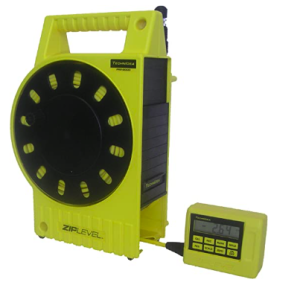 Zip Level commonly used by inspectors who measure elevations.
Zip Level commonly used by inspectors who measure elevations.
A big part of what we do is providing information related to risk assessment. A number of devices are available for measuring differences in floor elevation, but that information alone doesn’t tell whether differences are the result of ongoing soil/foundation movement (significant risk) or… poor construction methods and the home foundation is stable (low risk).
So… telling the client the amount by which home floor elevations vary alone doesn’t do much to help them assess the risk represented by this condition. All this really tells them is that the floor isn’t flat and level. If you can walk across a floor and feel that it slopes, or has high and low spots, your client probably can too. Telling them that it varies by a quarter-inch in 20 feet doesn’t give them any useful information.
Methods exist for providing a reasonably accurate assessment of the risk of continuing movement, but they are complicated engineering methods that combine measurement of elevations, cracks, and a good knowledge of soils with criteria entered into a formula. Way beyond the qualifications of most of us.
The use of elevation measuring devices by home inspectors is mainly a marketing scheme.
